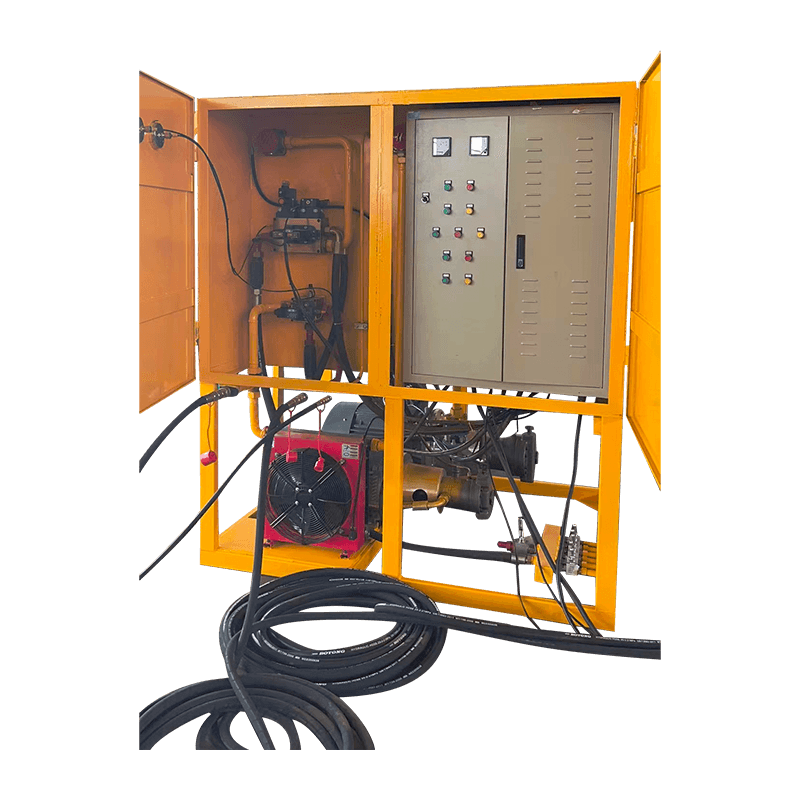Tunnel Boring Machines (TBMs) are modern marvels of engineering, revolutionizing underground construction by excavating tunnels through various geological conditions, from the softest soils to the hardest rock formations. Unlike traditional drill-and-blast methods, TBMs offer a continuous, safer, and often faster tunneling process. The core of their operation lies in a rotating cutterhead equipped with specialized cutting tools, designed to interact with and break down the ground ahead.
The Fundamental Principle: Rotary Excavation
At its most basic, a TBM excavates by rotating a circular cutterhead against the tunnel face while simultaneously applying significant thrust force to push it forward. The type of cutting tools and the method of managing the excavated material (often called "muck") vary greatly depending on the ground conditions.
Excavation in Hard Rock
In hard rock formations, TBMs utilize disc cutters mounted on the cutterhead. These disc cutters are not designed to "grind" the rock away, but rather to induce stress fractures. As the cutterhead rotates and the TBM is propelled forward, the hardened steel or tungsten carbide disc cutters exert immense compressive stress on the rock face. This stress causes the rock to fracture and chip away from the main body in front of the machine.
The "muck" produced, typically in the form of rock chips and fragments, then falls through openings in the cutterhead and onto a conveyor system within the TBM. This system transports the excavated material through the machine and out of the tunnel for disposal. Hard rock TBMs can be either open-type (without a full shield, allowing for immediate rock support behind the cutterhead) or shielded (providing temporary support to the tunnel walls, particularly in fractured rock). To advance, hard rock TBMs often use a gripper system that pushes against the side walls of the already excavated tunnel, providing the necessary reaction force for forward thrust.
Excavation in Soft Ground
Excavating through soft ground, which includes clay, silt, sand, and gravel, presents different challenges, primarily related to maintaining face stability and preventing ground collapse. To address this, specialized TBMs are employed:
Earth Pressure Balance (EPB) Machines
EPB TBMs are commonly used in cohesive soft grounds. Their cutterhead is equipped with a combination of tungsten carbide cutting bits, drag picks, and sometimes disc cutters (for mixed ground with some harder inclusions). The key to an EPB's operation is its ability to balance the pressure at the tunnel face using the excavated material itself.
The cutterhead rotates and excavates the soil, which then enters a working chamber behind the cutterhead. A screw conveyor at the rear of this chamber controls the rate at which the muck is removed. By carefully regulating the rotation speed of the cutterhead and the discharge rate of the screw conveyor, the pressure within the chamber can be precisely controlled, allowing the excavated soil to act as a support medium, thus stabilizing the tunnel face and preventing settlement at the surface. Additives like foam can be injected into the soil to improve its flowability and reduce its stickiness, preventing clogging of the cutterhead and conveyor.
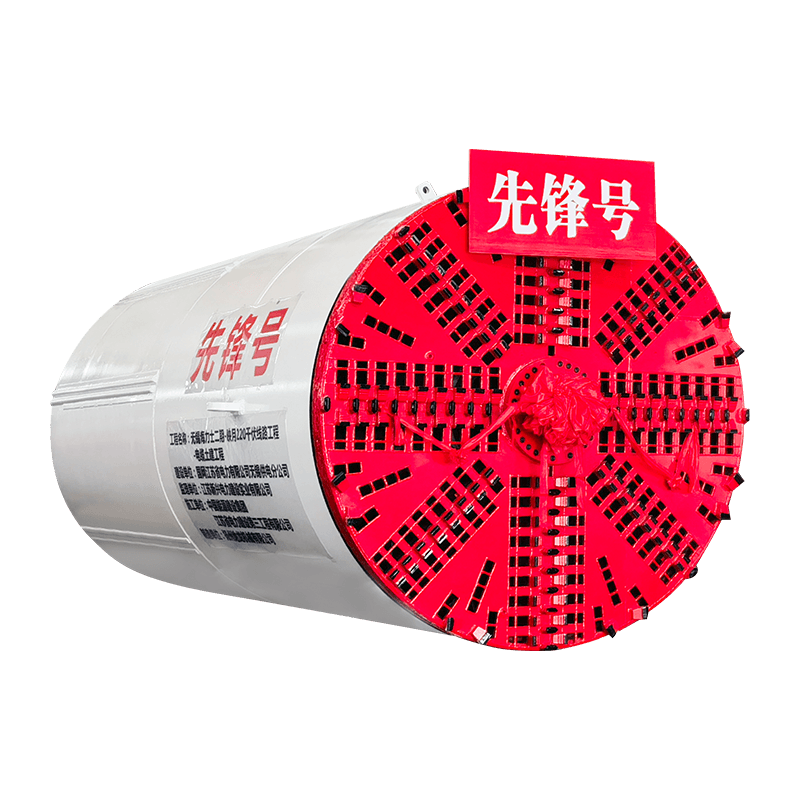
Slurry Shield TBMs
Slurry Shield TBMs are best suited for highly saturated or unstable granular soils, particularly those with high groundwater pressure. Instead of relying solely on the excavated material for face support, these TBMs use a pressurized slurry (a mixture of water and bentonite clay) to stabilize the excavation face.
The cutterhead, often equipped with cutting tools similar to EPBs, excavates the ground, which then mixes with the pressurized slurry in the excavation chamber. This slurry-muck mixture is then pumped out of the tunnel to a separation plant on the surface. At the plant, the excavated material is separated from the slurry, which is then treated and recycled back to the TBM. The continuous circulation of the pressurized slurry ensures that the hydrostatic pressure at the tunnel face is balanced against the external ground and water pressure, preventing water ingress and ground instability.
Thrust and Advance
Regardless of the ground conditions, all TBMs require a mechanism to propel themselves forward. This is typically achieved through hydraulic thrust cylinders. These cylinders push against the installed tunnel lining (prefabricated concrete segments or shotcrete) or, in the case of gripper TBMs, directly against the excavated rock, driving the cutterhead into the tunnel face. As the machine advances, new tunnel lining segments are erected behind the shield, forming the permanent tunnel structure.
In essence, TBMs are sophisticated underground factories, continuously excavating and supporting the tunnel as they move forward, making them indispensable tools for modern infrastructure development.

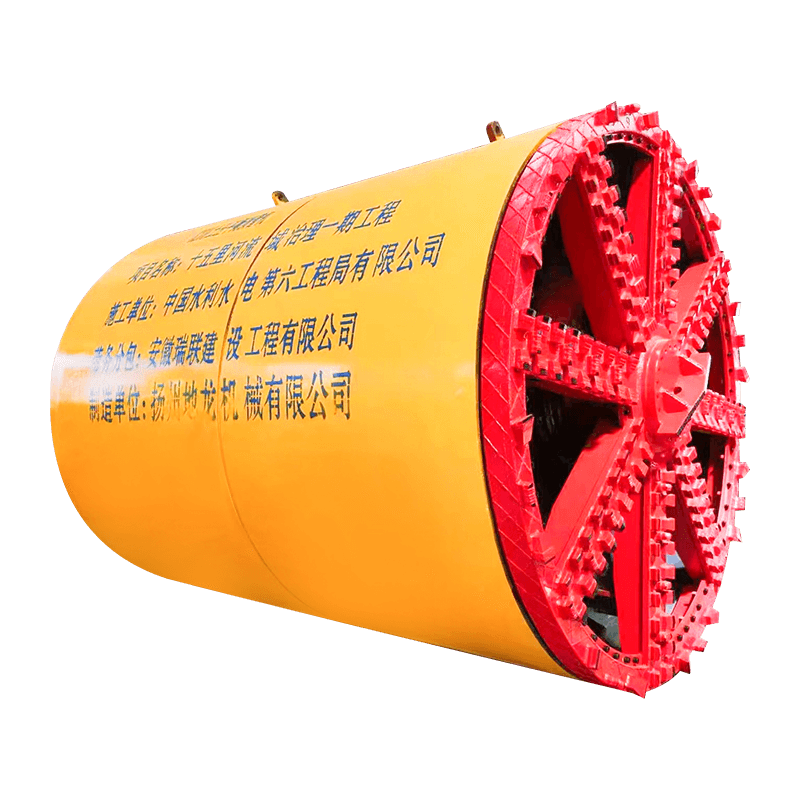
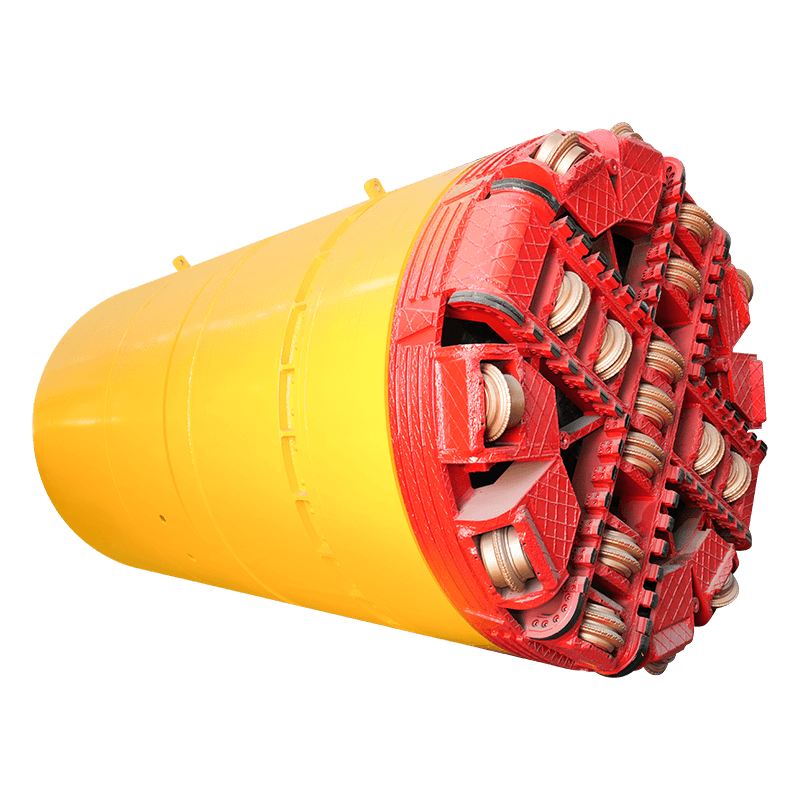



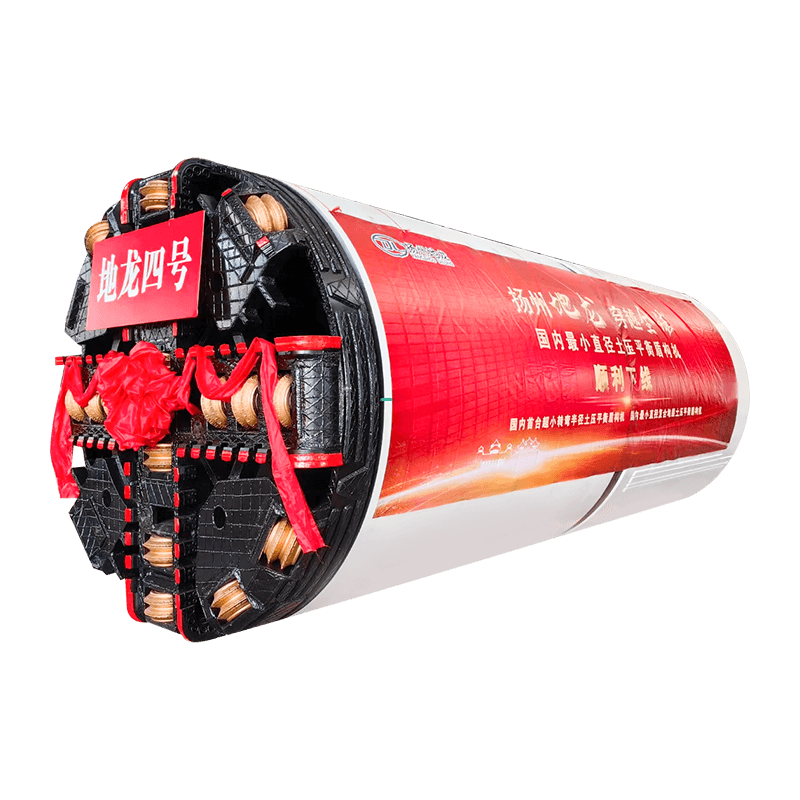


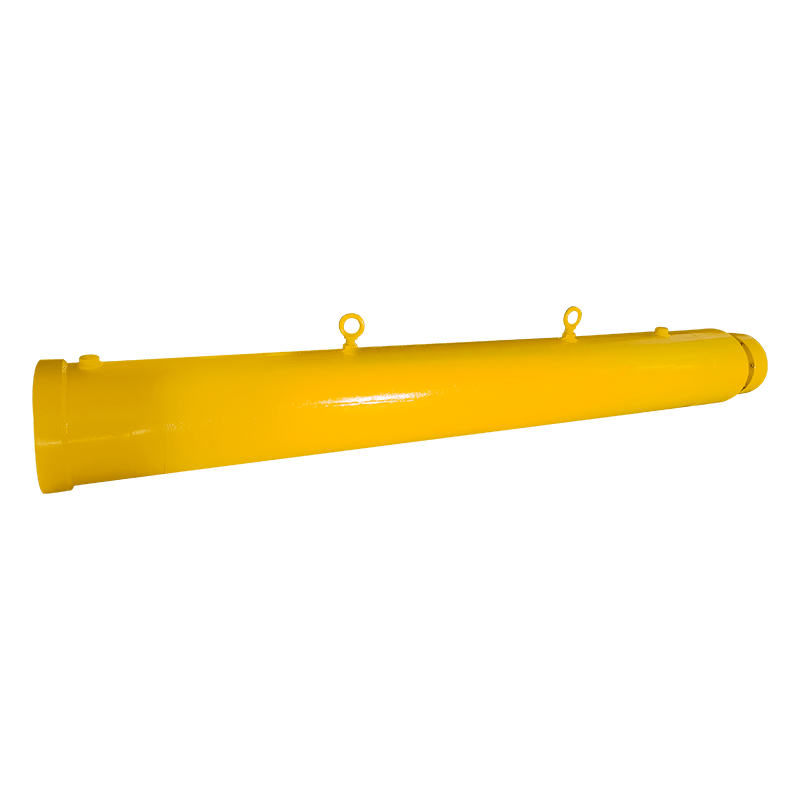



 English
English  русский
русский  عربى
عربى 
